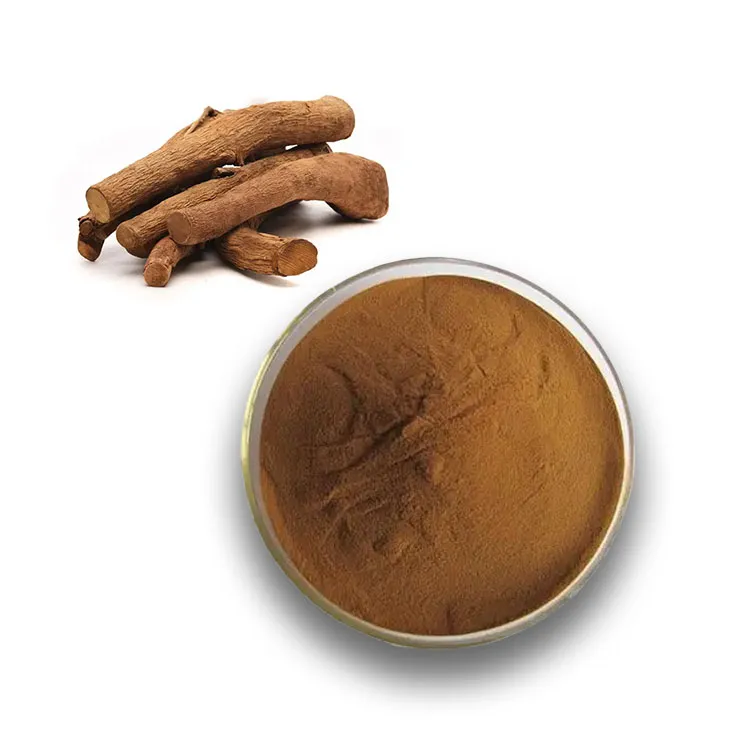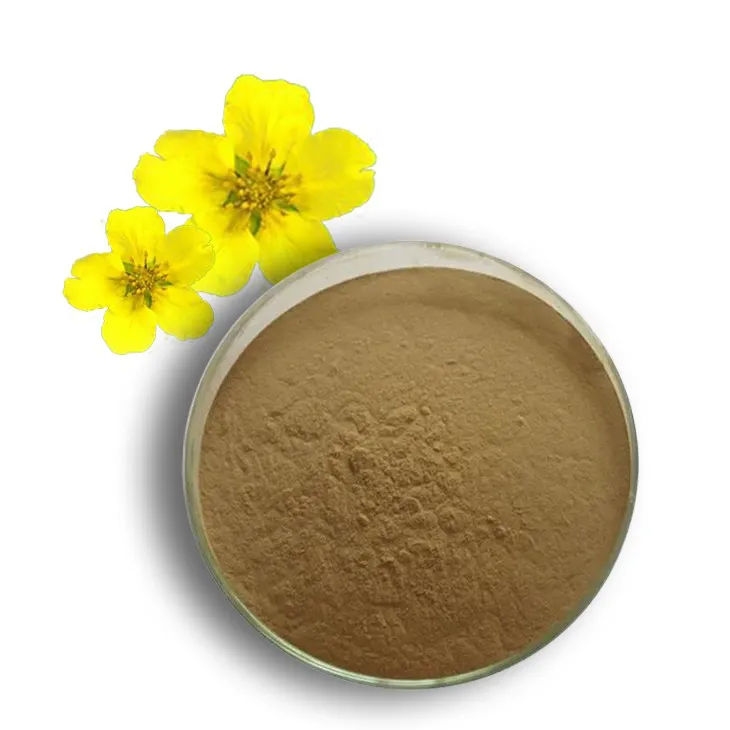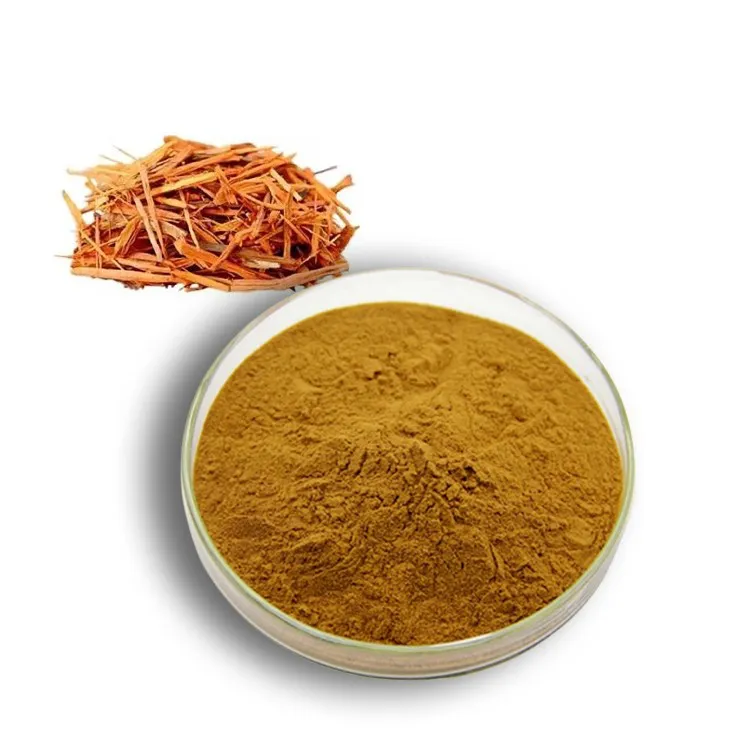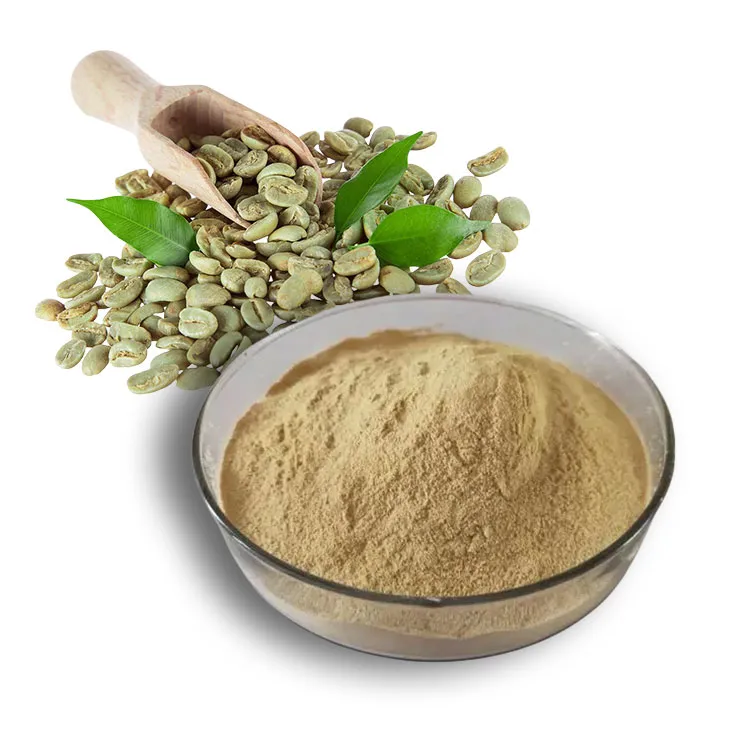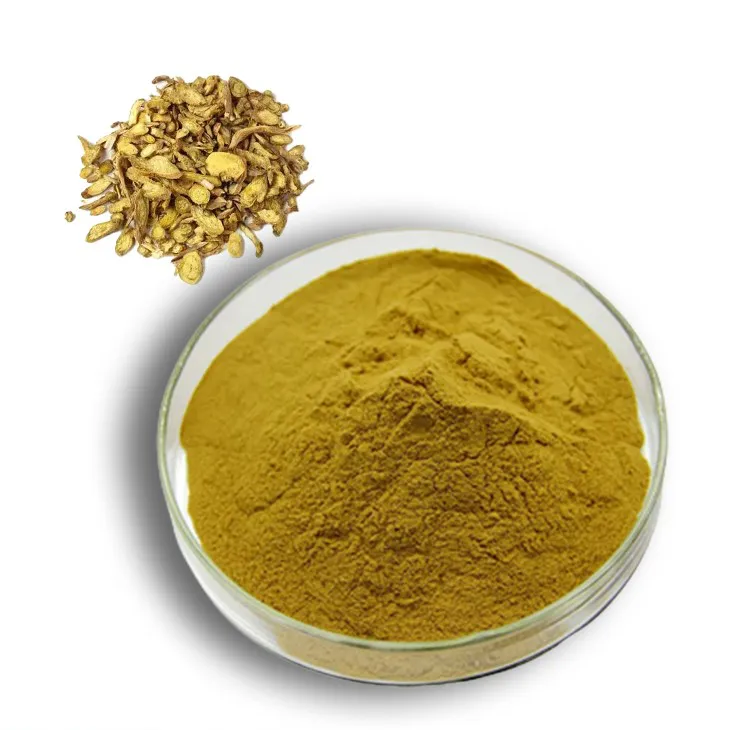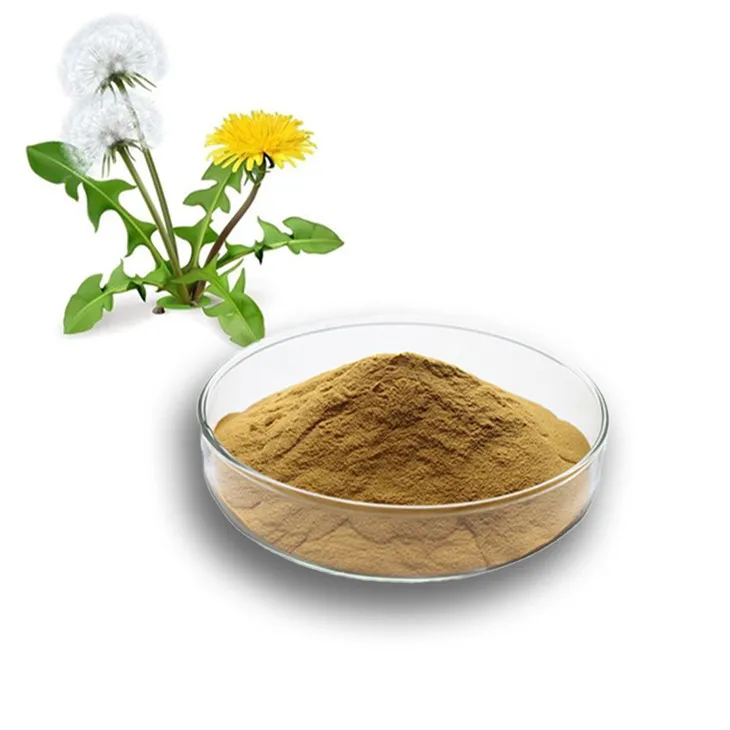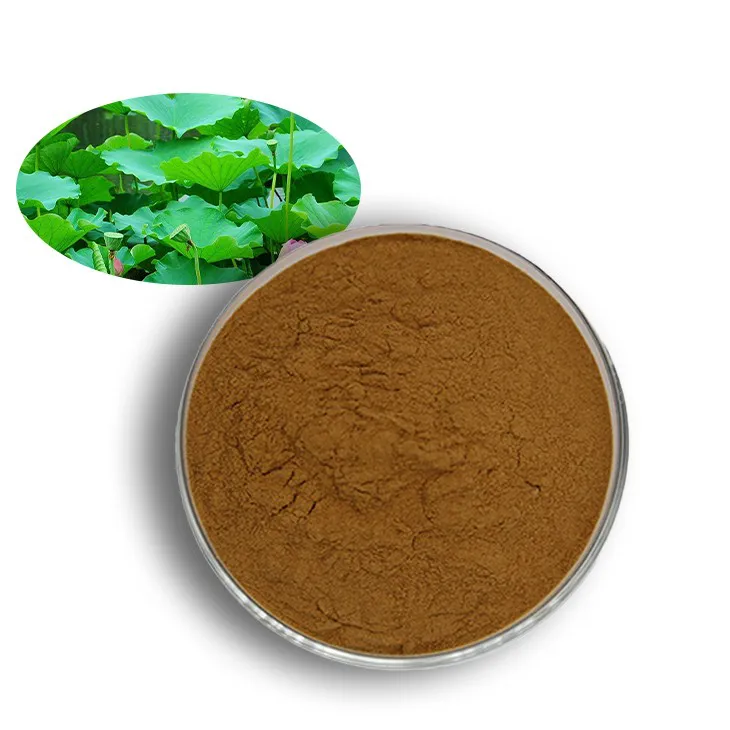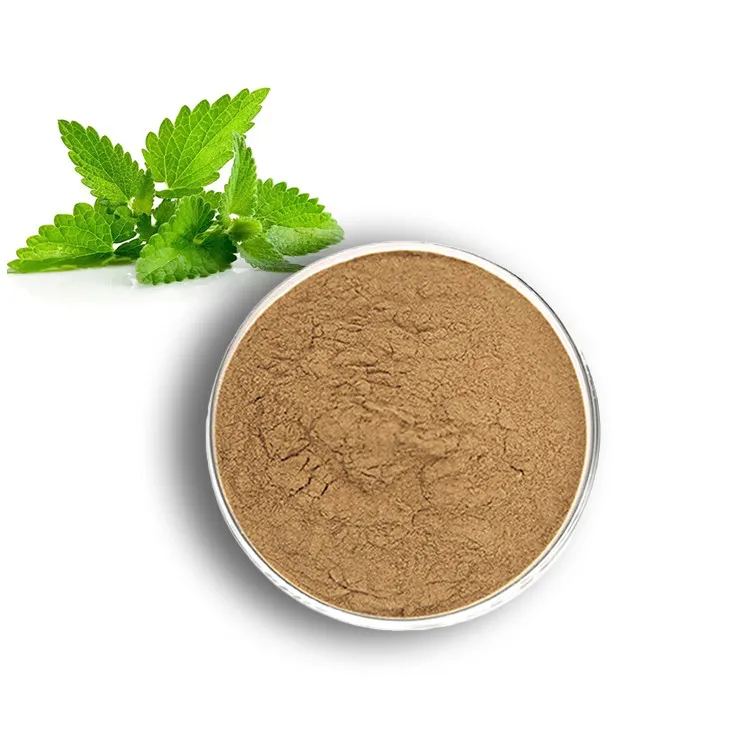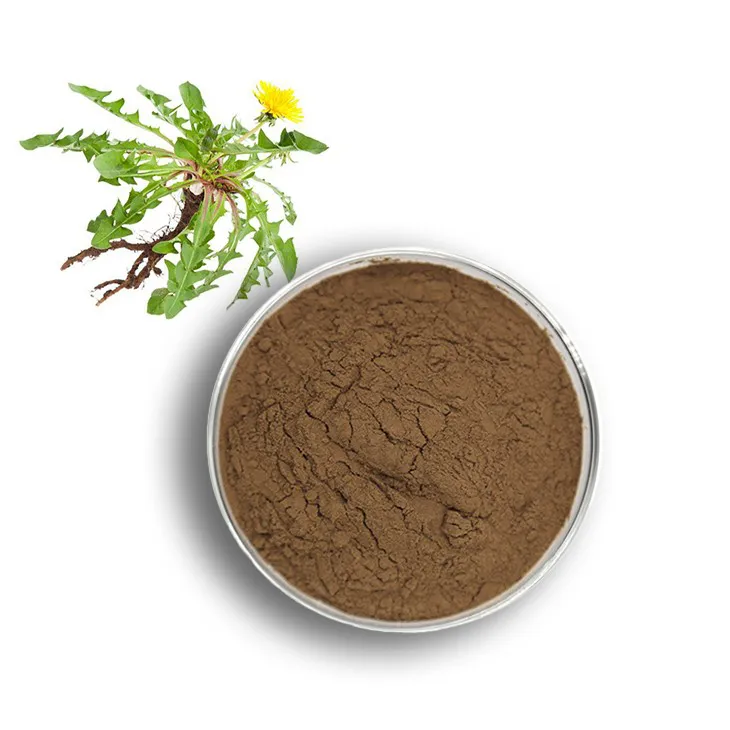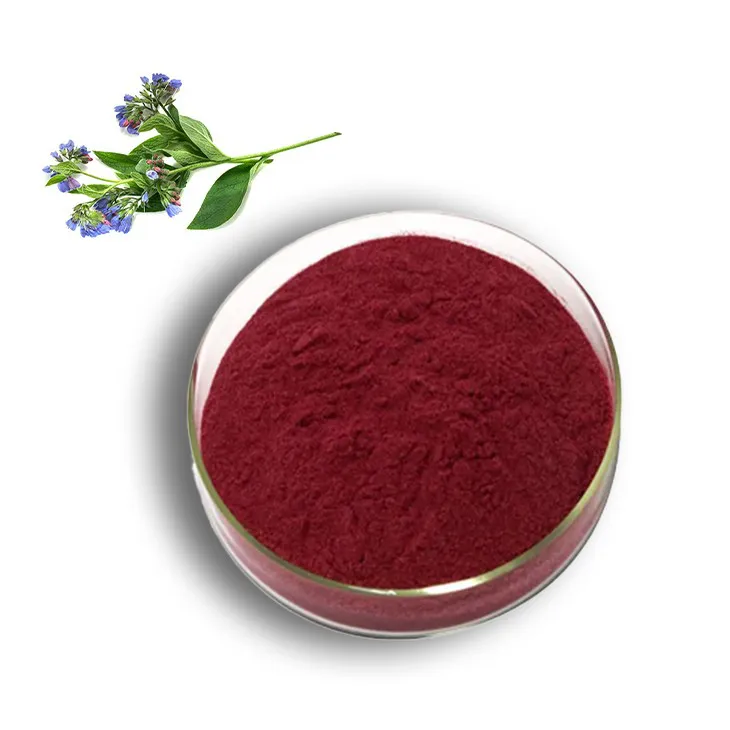- 0086-571-85302990
- sales@greenskybio.com
how to extract saponin from plants
2023-09-26
1. Importance of Saponin Extraction
1. Importance of Saponin Extraction
Saponins are a class of naturally occurring glycosides characterized by their ability to form foam in aqueous solutions. They are widely distributed in the plant kingdom and have been recognized for their diverse biological activities and potential applications in various industries. The extraction of saponins from plants is an essential process that not only facilitates the utilization of these bioactive compounds but also contributes to the development of sustainable and eco-friendly practices. This section will delve into the significance of Saponin Extraction and its implications in different fields.
1.1 Medicinal Value
Saponins have been traditionally used in folk medicine for their therapeutic properties. They exhibit a range of pharmacological effects, including anti-inflammatory, antifungal, antiviral, and anticancer activities. The extraction of saponins from plants allows for the development of new drugs and the enhancement of existing medicinal formulations.
1.2 Nutraceutical Applications
As natural bioactive compounds, saponins are increasingly being incorporated into nutraceutical products. They are known to possess antioxidant, immunomodulatory, and cholesterol-lowering properties, making them valuable ingredients in health supplements and functional foods.
1.3 Agrochemical Uses
Saponins have also found applications in the agrochemical industry. They can be used as natural pesticides due to their insecticidal and antifeedant properties. The extraction of saponins from plants provides an environmentally friendly alternative to synthetic chemical pesticides.
1.4 Cosmetic and Personal Care
In the cosmetic and personal care industry, saponins are valued for their surfactant properties, making them ideal for use in soaps, shampoos, and other cleansing products. They are also used as emulsifiers and stabilizers in various formulations.
1.5 Environmental Significance
The extraction of saponins from plants is an eco-friendly process that promotes sustainable use of natural resources. It reduces the reliance on synthetic chemicals and contributes to the preservation of the environment.
1.6 Economic Benefits
The extraction and commercialization of saponins offer economic opportunities for farmers, researchers, and manufacturers. It creates a market for underutilized plant species and encourages the cultivation of plants rich in saponins.
1.7 Research and Development
The study of saponin extraction methods and their optimization is a growing area of research. It drives innovation in the field of natural product chemistry and contributes to the advancement of extraction technologies.
In conclusion, the extraction of saponins from plants is a multifaceted process with broad implications in medicine, agriculture, cosmetics, and the environment. It underscores the importance of harnessing the power of nature for human benefit while promoting sustainable practices.
2. Selection of Plant Sources
2. Selection of Plant Sources
Saponins are a diverse group of naturally occurring plant compounds known for their unique foaming and emulsifying properties. They are found in a wide range of plants, including but not limited to legumes, soapwort, and some species of trees. The selection of appropriate plant sources is crucial for the extraction of saponins, as different plants contain varying amounts and types of saponins.
2.1 Identification of Saponin-Rich Plants
The first step in selecting plant sources is to identify those that are rich in saponins. This can be done through literature review, consultation with botanical experts, or chemical analysis of plant samples. Some well-known sources of saponins include:
- Quillaja saponaria (Yucca tree) - Known for its high saponin content, used in the production of Quillaia extract.
- Saponaria officinalis (Soapwort) - A perennial plant with a high concentration of saponins, used traditionally for washing and cleaning.
- Glycyrrhiza glabra (Licorice) - Contains glycyrrhizin, a type of saponin with potential medicinal properties.
- Panax ginseng (Ginseng) - Contains ginsenosides, a group of saponins with various health benefits.
2.2 Consideration of Plant Parts
Different parts of a plant may contain varying levels of saponins. For example, the roots, leaves, seeds, and bark can all be potential sources of saponins. It is important to determine which part of the plant is most suitable for saponin extraction based on the specific requirements of the extraction process and the intended application of the saponins.
2.3 Seasonal and Geographical Factors
The content of saponins in plants can be influenced by seasonal and geographical factors. Some plants may have higher saponin content during certain seasons, and the geographical location can also affect the concentration and types of saponins present. Therefore, it is essential to consider these factors when selecting plant sources for saponin extraction.
2.4 Ethical and Sustainable Sourcing
The selection of plant sources should also take into account ethical and sustainable sourcing practices. This includes ensuring that the plants are harvested in a way that does not harm the environment or deplete the plant population. Additionally, it is important to consider the legal and regulatory requirements for the collection and use of plant materials.
2.5 Conclusion
Selecting the right plant sources for saponin extraction is a critical step in the process. It involves identifying saponin-rich plants, considering the parts of the plant that contain the highest concentration of saponins, and taking into account seasonal and geographical factors. Ethical and sustainable sourcing practices are also crucial to ensure the long-term availability of these valuable plant resources.
3. Preliminary Preparation
3. Preliminary Preparation
Before embarking on the extraction of saponins from plants, thorough preliminary preparation is essential to ensure the process is efficient and yields high-quality saponin compounds. This section will guide you through the necessary steps to prepare for saponin extraction.
3.1 Collection of Plant Material
The first step is to collect the appropriate plant material rich in saponins. This may include roots, leaves, bark, or fruits, depending on the plant species. Ensure that the plant material is collected from uncontaminated areas to avoid the presence of unwanted substances in the final product.
3.2 Drying and Grinding
After collection, the plant material must be dried to reduce moisture content, which is crucial for preventing microbial growth and facilitating the extraction process. Drying can be done using natural sunlight, oven drying, or freeze-drying techniques. Once dried, the plant material should be ground into a fine powder using a grinder or a mill. This increases the surface area, making it easier for the saponins to be extracted.
3.3 Cleaning
The powdered plant material should be thoroughly cleaned to remove any dust, dirt, or other impurities. This can be done by sieving through a fine mesh or by using a vacuum filtration system.
3.4 Storage
Proper storage of the prepared plant material is vital to maintain its quality until the extraction process begins. The material should be stored in a cool, dry, and dark place in airtight containers to prevent degradation and contamination.
3.5 Documentation
Maintain detailed records of the plant species, collection location, date of collection, and preparation methods. This documentation is essential for traceability and quality control purposes.
3.6 Safety Measures
Before starting the extraction process, ensure that all safety measures are in place. This includes wearing appropriate personal protective equipment (PPE) such as gloves, lab coats, and safety goggles, and working in a well-ventilated area.
By following these preliminary preparation steps, you lay a solid foundation for the successful extraction of saponins from plants, ensuring that the process is both efficient and yields high-quality saponin compounds suitable for various applications.
4. Extraction Methods
4. Extraction Methods
Saponin extraction from plants is a critical process that can be achieved through various methods, each with its own advantages and limitations. The choice of method often depends on the type of plant material, the desired purity of saponins, and the scale of production. Here, we discuss several common extraction techniques:
4.1 Solvent Extraction
Solvent extraction is one of the most traditional methods for saponin extraction. It involves the use of organic solvents like methanol, ethanol, or acetone to dissolve saponins from plant material. The process typically includes the following steps:
- Soaking: Plant material is soaked in the solvent to initiate the dissolution of saponins.
- Decanting: The solvent containing the saponins is decanted off from the plant residue.
- Evaporation: The solvent is evaporated to concentrate the saponin solution.
4.2 Ultrasound-Assisted Extraction (UAE)
Ultrasound-assisted extraction uses high-frequency sound waves to disrupt plant cell walls, facilitating the release of saponins into the solvent. This method is efficient and can reduce the extraction time and solvent usage. The process includes:
- Ultrasound Application: The plant material is exposed to ultrasound waves in the presence of a solvent.
- Separation: After the extraction, the solvent is separated from the plant residue.
4.3 Microwave-Assisted Extraction (MAE)
Microwave-assisted extraction utilizes microwave energy to heat the plant material and solvent, which accelerates the extraction process. This method is known for its high efficiency and speed:
- Microwave Heating: The plant material is subjected to microwave radiation.
- Solvent Interaction: The heat helps the solvent to penetrate the plant material and dissolve the saponins.
4.4 Supercritical Fluid Extraction (SFE)
Supercritical fluid extraction, particularly using carbon dioxide, is a modern technique that operates at high pressures and low temperatures. It is considered a green method due to its non-toxic and recyclable solvent properties:
- Supercritical Conditions: Carbon dioxide is compressed to a supercritical state, which has properties between a liquid and a gas.
- Extraction: The supercritical fluid efficiently extracts saponins from the plant material.
- Depressurization: The pressure is reduced to precipitate the saponins.
4.5 Cold Pressing
Cold pressing is a mechanical method that involves pressing plant material at low temperatures to extract saponins without the use of heat or solvents:
- Pressing: The plant material is pressed to release the saponins.
- Separation: The saponin-rich liquid is separated from the plant residue.
4.6 Enzymatic Extraction
Enzymatic extraction uses enzymes to break down the plant cell walls and release saponins. This method is gentle and can preserve the integrity of the saponins:
- Enzyme Addition: Specific enzymes are added to the plant material.
- Incubation: The mixture is incubated to allow the enzymes to act.
- Separation: The saponin-containing liquid is separated from the residue.
Each of these methods has its own set of parameters that need to be optimized for the best extraction efficiency and saponin yield. The choice of method should be based on the specific requirements of the application and the resources available for the extraction process.
5. Purification Techniques
5. Purification Techniques
After the extraction process, saponins need to be purified to remove impurities and increase the purity of the saponin content. Several purification techniques are commonly used in the process of saponin purification:
1. Precipitation: This is a common method where certain chemicals are added to the saponin solution to induce precipitation of impurities, leaving the saponins in solution.
2. Solvent Partitioning: This technique involves the use of different solvents to selectively dissolve saponins and separate them from other components.
3. Column Chromatography: A widely used method for purification, where the saponin mixture is passed through a column packed with a stationary phase. The different components in the mixture are separated based on their affinity to the stationary phase.
4. Gel Permeation Chromatography (GPC): This technique is particularly useful for separating high molecular weight compounds such as saponins from smaller molecules.
5. High-Performance Liquid Chromatography (HPLC): HPLC is a highly efficient method for the separation and purification of saponins, providing high resolution and speed.
6. Ultrafiltration and Reverse Osmosis: These membrane-based processes can be used to separate saponins from other components based on size differences.
7. Cryoprecipitation: This method involves cooling the saponin solution to a temperature where impurities crystallize and can be easily separated.
8. Distillation: In some cases, distillation can be used to remove volatile impurities from the saponin mixture.
9. Recrystallization: This is a process where the saponin is dissolved in a solvent and then allowed to slowly crystallize out of the solution, leaving impurities behind.
10. Electrophoresis: This technique uses an electric field to separate charged particles, which can be useful for separating different types of saponins.
Each of these techniques has its advantages and limitations, and the choice of purification method depends on the specific requirements of the saponin being extracted, the plant source, and the intended application of the saponin. Often, a combination of these techniques is used to achieve the desired level of purity.
6. Quality Assessment
6. Quality Assessment
The quality assessment of saponin extracts is a critical step to ensure the purity, safety, and efficacy of the final product. Several methods and parameters are used to evaluate the quality of saponin extracts:
6.1. Purity Analysis
- High-performance liquid chromatography (HPLC) is commonly used to determine the purity of saponins by identifying and quantifying the individual saponin compounds present in the extract.
6.2. Saponin Content Determination
- The total saponin content is often measured using the vanillin-sulfuric acid method, which provides a colorimetric estimation of the total phenolic content, indicative of saponin presence.
6.3. Biological Activity Testing
- Hemolytic activity tests are conducted to evaluate the biological activity of saponins, as they are known for their ability to disrupt cell membranes, which is a characteristic property of saponins.
6.4. Heavy Metal Testing
- Heavy metal content is assessed to ensure that the saponin extract is safe for use in food, pharmaceutical, or cosmetic products. Atomic absorption spectroscopy (AAS) is a common technique for this purpose.
6.5. Residual Solvent Analysis
- If solvents are used in the extraction process, their residual levels must be determined to comply with safety standards. Gas chromatography (GC) is often employed for this analysis.
6.6. Microbiological Testing
- To ensure the extract is free from harmful microorganisms, microbiological tests are performed, including tests for bacteria, yeast, and mold counts.
6.7. Stability Testing
- Stability testing is conducted to evaluate how the saponin extract behaves under various conditions, such as temperature and humidity, to predict its shelf life.
6.8. Standardization
- Standardization of saponin extracts involves comparing the extract's composition to a known standard to ensure consistency and reliability in the product.
6.9. Regulatory Compliance
- Compliance with international and local regulations is essential to ensure that the saponin extract meets the required safety and quality standards for its intended use.
6.10. Quality Control Documentation
- Maintaining detailed records of the extraction process, testing results, and any deviations from the standard operating procedures is crucial for quality control and traceability.
By implementing these quality assessment measures, manufacturers can ensure that the saponin extracts they produce are of high quality, safe for use, and effective for their intended applications. This not only protects consumers but also enhances the reputation of the company in the market.
7. Applications of Saponins
7. Applications of Saponins
Saponins are a diverse group of naturally occurring plant compounds that have garnered significant interest due to their wide range of applications across various industries. Here, we explore some of the key areas where saponins are utilized:
1. Pharmaceuticals:
Saponins have been used in traditional medicine for centuries and are currently being investigated for their potential in modern pharmaceuticals. They exhibit properties such as anti-inflammatory, antifungal, and antimicrobial activities, making them candidates for the development of new drugs.
2. Food Industry:
In the food industry, saponins are used as natural foaming agents, emulsifiers, and stabilizers. They can improve the texture and shelf life of various food products, including beverages, dairy products, and baked goods.
3. Agriculture:
Saponins have natural insecticidal properties, which make them useful in integrated pest management strategies. They can be used as a more environmentally friendly alternative to synthetic pesticides in agriculture.
4. Cosmetics:
Due to their surfactant properties, saponins are used in the formulation of shampoos, soaps, and other personal care products. They provide a rich lather and are considered to be gentle on the skin.
5. Detergents:
In the detergent industry, saponins are used as natural alternatives to harsh chemicals. They provide effective cleaning power without causing damage to fabrics or the environment.
6. Veterinary Medicine:
Saponins are also used in veterinary medicine, particularly for the treatment of parasitic infections in livestock. Their natural antiparasitic properties can help maintain the health of animals without the use of harsh chemicals.
7. Research and Development:
Saponins are used in scientific research as models for studying various biological processes. Their unique properties make them valuable tools in the development of new diagnostic and therapeutic agents.
8. Environmental Applications:
Saponins can be used in environmental remediation efforts, such as the cleanup of oil spills. Their natural surfactant properties can help disperse oil, making it easier to clean up and reducing environmental impact.
9. Nutraceuticals:
As part of the growing nutraceutical industry, saponins are being incorporated into dietary supplements and functional foods for their potential health benefits, including immune system support and cholesterol reduction.
10. Horticulture:
In horticulture, saponins are used as natural plant growth regulators and can enhance plant growth and resistance to diseases.
The versatility of saponins makes them a valuable resource in many sectors, and ongoing research continues to uncover new applications and refine existing ones for the benefit of various industries and consumers alike.
8. Conclusion
8. Conclusion
In conclusion, the extraction of saponins from plants is a complex but rewarding process that holds significant value in various industries, including pharmaceuticals, food, and cosmetics. The importance of saponin extraction is underscored by the diverse applications of these bioactive compounds, which offer a range of health benefits and functional properties.
The selection of appropriate plant sources is crucial, as different plants contain varying amounts and types of saponins. Preliminary preparation of plant materials is essential to ensure the efficiency of the extraction process, which can be achieved through methods such as drying, grinding, and defatting.
Extraction methods play a pivotal role in determining the yield and quality of saponins. Traditional methods like maceration and Soxhlet extraction, as well as modern techniques such as ultrasound-assisted extraction and supercritical fluid extraction, each have their advantages and limitations.
Following extraction, purification techniques are necessary to isolate saponins from other plant components. Techniques such as liquid-liquid extraction, column chromatography, and membrane filtration help to obtain a more concentrated and pure saponin product.
Quality assessment is a critical step to ensure the safety and efficacy of the extracted saponins. Analytical methods like high-performance liquid chromatography (HPLC), thin-layer chromatography (TLC), and mass spectrometry provide insights into the purity, composition, and structural characteristics of saponins.
The applications of saponins are vast, spanning from their use as natural surfactants and foaming agents to their roles in pharmaceutical formulations and health supplements. Their potential as anticancer, anti-inflammatory, and antimicrobial agents further highlights their importance in modern medicine.
In summary, the extraction of saponins from plants is a multi-step process that requires careful consideration of each stage, from plant selection to quality assessment. By understanding the principles and techniques involved, researchers and practitioners can optimize the extraction process to harness the full potential of these valuable natural compounds. As our knowledge of saponins and their applications continues to expand, so too does the potential for innovation and advancement in various fields.
9. References
9. References
1. Hostettmann, K., & Marston, A. (1995). Saponins. Cambridge: Cambridge University Press.
2. Wall, M. E., Wani, M. C., Hughes, S. H., & Taylor, H. (1996). Recent developments in plant antimitotic agents. In Studies in Natural Products Chemistry (Vol. 18, pp. 155-188). Elsevier.
3. Sparg, S. G., Light, M. E., & van Staden, J. (2004). Biological activities and distribution of plant saponins. Journal of Ethnopharmacology, 94(3), 219-243.
4. Mabry, T. J., Markham, K. R., & Thomas, M. B. (1970). The systematic identification of flavonoids. New York: Springer-Verlag.
5. Li, J., & Wang, Y. (2014). Extraction and purification of saponins from natural sources. Journal of Chromatography B, 960, 1-16.
6. Wang, J., & Weller, C. L. (2006). Recent advances in extraction of nutraceuticals from plants. Journal of Food Engineering, 78(3), 371-380.
7. Li, X. C., & Smith, D. L. (2001). Saponins as potential anti-cancer agents. In Studies in Natural Products Chemistry (Vol. 23, pp. 839-888). Elsevier.
8. Iorizzi, M., & De Stefano, S. (2013). Saponins: properties, applications and health benefits. In Natural Products (pp. 1-22). IntechOpen.
9. Xu, B., & Chang, Q. (2015). Advances in the extraction and purification of saponins from plants. Journal of Chromatography B, 1002, 1-10.
10. Zhao, J., & Wang, J. (2010). Saponins as natural antioxidants. Natural Product Communications, 5(5), 789-794.
请注意,以上参考文献列表是一个示例,可能需要根据实际文章内容进行调整和补充。
- ▶ Hesperidin
- ▶ Citrus Bioflavonoids
- ▶ Plant Extract
- ▶ lycopene
- ▶ Diosmin
- ▶ Grape seed extract
- ▶ Sea buckthorn Juice Powder
- ▶ Fruit Juice Powder
- ▶ Hops Extract
- ▶ Artichoke Extract
- ▶ Mushroom extract
- ▶ Astaxanthin
- ▶ Green Tea Extract
- ▶ Curcumin
- ▶ Horse Chestnut Extract
- ▶ Other Product
- ▶ Boswellia Serrata Extract
- ▶ Resveratrol
- ▶ Marigold Extract
- ▶ Grape Leaf Extract
- ▶ New Product
- ▶ Aminolevulinic acid
- ▶ Cranberry Extract
- ▶ Red Yeast Rice
- ▶ Red Wine Extract
-
Tongkat Ali Extract Powder
2023-09-26
-
Tormentil Extract
2023-09-26
-
Yellow Pine Extract
2023-09-26
-
Green coffee bean Extract
2023-09-26
-
Baicalin
2023-09-26
-
Dandelion Leaf Extract
2023-09-26
-
Lotus leaf extract
2023-09-26
-
Lemon Balm Extract
2023-09-26
-
Dandelion Root Extract
2023-09-26
-
Shikonin
2023-09-26











